1. Skunk

Envisioned by Michael Gitter
The skunk is nature’s most infamous stink bomb. Its spray, produced by anal glands, is a potent mix of sulfur compounds that smells like a blend of rotten eggs and burnt rubber. This weaponized stench can travel up to 10 feet and linger for weeks, making it a highly effective predator deterrent. But skunks are gentle creatures and only spray as a last resort. With their cute black-and-white coats and mild-mannered personalities, they’re proof that even the stinkiest animals deserve a little love.
2. Stink Bug

Flickr
Stink bugs live up to their name, releasing a foul-smelling liquid when threatened or squished. The odor, often compared to cilantro mixed with something rotten, comes from chemicals produced in their glands. While the smell is unpleasant for humans, it serves as a defense mechanism, deterring predators like birds and spiders. These agricultural pests are a common nuisance in gardens and homes, especially during fall when they seek shelter indoors. Just remember—avoid crushing them, unless you’re ready for an unwelcome burst of stink.
3. Musk Ox
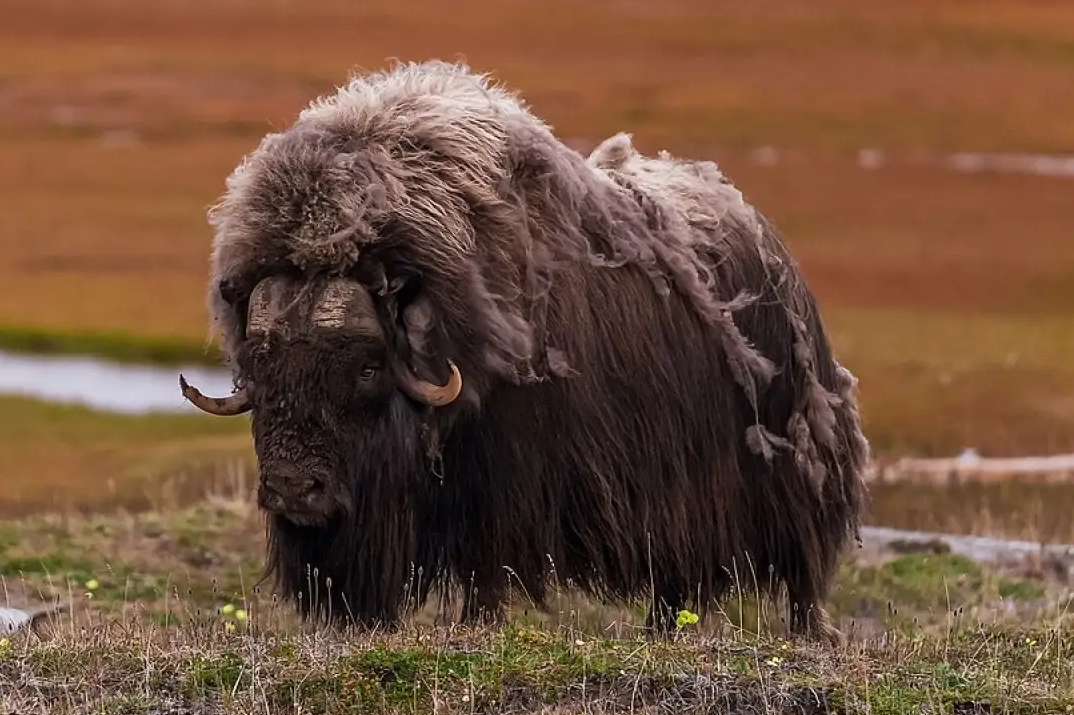
Animalia
Musk oxen are Arctic powerhouses with a stench to match. During mating season, males secrete a musky odor to attract females. The smell is strong enough to carry on the icy wind, ensuring their romantic intentions don’t go unnoticed. Adding to their funk is their thick fur, which can trap dirt, oils, and other odors over time. Despite their smell, musk oxen are vital to their ecosystem, and their impressive horns and shaggy coats make them iconic symbols of the tundra.
4. Tasmanian Devil
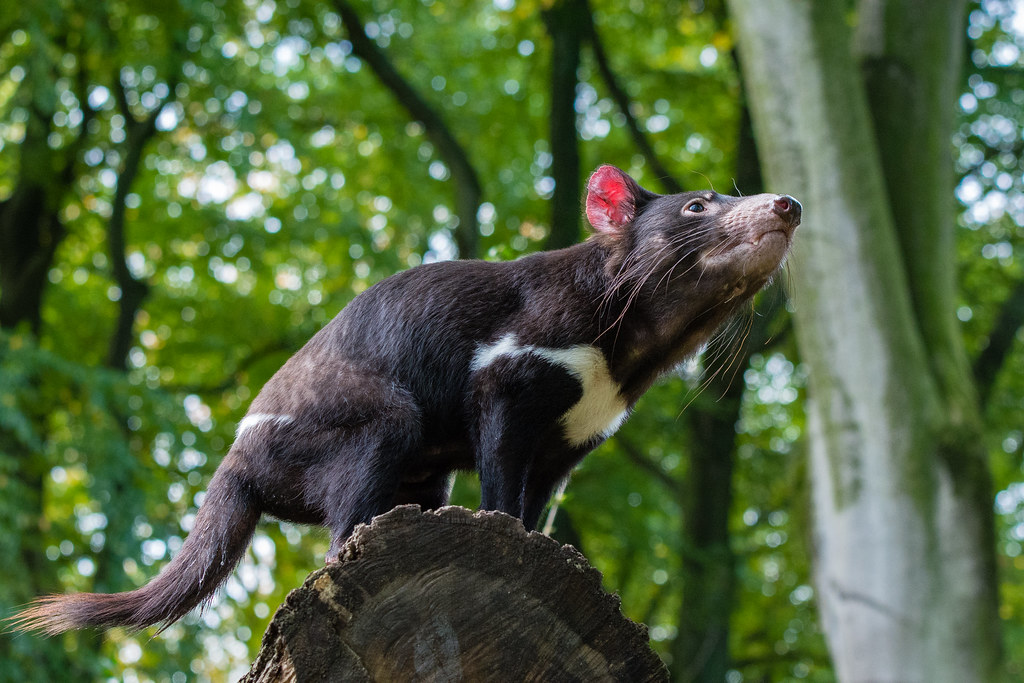
Flickr
Known for their fierce temperament, Tasmanian devils also have a reputation for being smelly. When frightened or under stress, they emit a foul odor from their scent glands. This stench, combined with their loud, bone-chilling screams, makes them a force to be reckoned with in the wild. While their smell is a defense mechanism, it doesn’t overshadow their importance as scavengers in the Australian ecosystem. Despite their stink, these endangered marsupials are fascinating and vital creatures deserving of conservation efforts.
5. Bombardier Beetle

Flickr
This tiny beetle takes stink to the next level with its unique chemical defense. When threatened, it sprays a boiling-hot liquid from its abdomen that smells sharp, acrid, and utterly foul. This chemical reaction is a survival masterpiece, mixing two compounds to create a chemical explosion. The stench and the heat repel predators like birds, frogs, and spiders. While the Bombardier Beetle’s odor might be unbearable, it’s a testament to the creative lengths nature goes to ensure survival.
6. Hoatzin (Stinkbird)

Animalia
The hoatzin, also known as the stinkbird, smells like manure. Native to South America, its unique odor comes from a cow-like digestive process that ferments vegetation in its crop. While this helps the bird extract nutrients from its plant-based diet, it also makes it incredibly smelly. The hoatzin’s odor deters predators, though it’s not much of a crowd-pleaser for humans either. Despite its smell, the bird’s striking appearance and prehistoric features make it a fascinating species to observe in the wild.
7. Sea Hare

Wikimedia Commons
This ocean-dwelling slug defends itself with a cloud of purple ink that smells like rotten eggs. The stench comes from its algae-heavy diet, which produces sulfur compounds. When under attack, the sea hare releases the ink to confuse predators and escape. While the smell isn’t appealing, it’s an ingenious survival tactic that keeps this soft, defenseless creature safe. The sea hare’s unique defense mechanism is just one example of the strange and wonderful adaptations found in marine life.
8. Striped Polecat
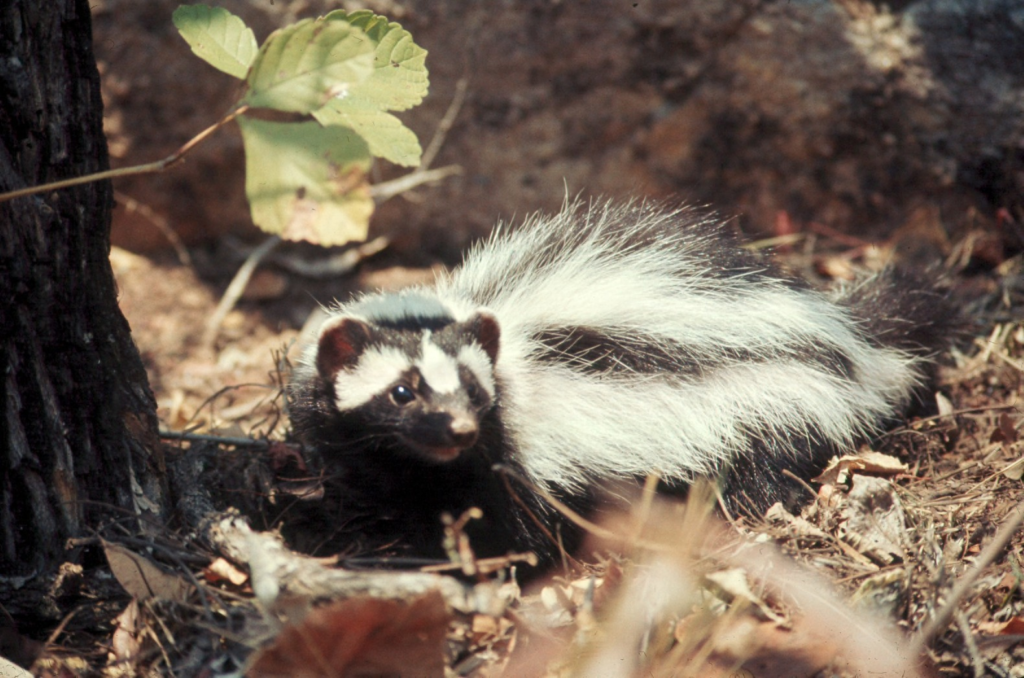
Wikimedia Commons
Often mistaken for a skunk, the striped polecat is a master of stink. Found in Africa, it sprays a foul-smelling fluid from its anal glands when threatened, and the smell is so strong it can be detected from over 50 feet away. The stench not only repels predators but also helps mark territory. Though they’re small and cute, their odor makes them a formidable presence in the wild. Like the skunk, they’re a reminder that good things don’t always smell sweet.
9. Wombat

Flickr
Wombats are adorable marsupials, but their smell isn’t winning them any awards. Their cube-shaped droppings, used for marking territory, have a strong odor due to their diet of grasses and roots. These droppings are surprisingly stable and often found stacked on rocks or logs to catch the attention of potential mates or rivals. While wombats themselves aren’t overly stinky, their unique poo-based communication system ensures their scent lingers in their environment.
10. African Civet

Animalia
The African civet’s musky odor is both its calling card and its defense. It secretes a substance called civetone from its perineal glands, which smells pungent and animalistic. Historically, civetone has been used in perfumes, but its raw scent is anything but pleasant. This musky secretion helps civets mark their territory and repel potential predators. Despite their strong smell, civets play an important role in seed dispersal, making them essential contributors to their ecosystems.
11. Lesser Anteater (Tamandua)

Wikimedia Commons
The tamandua, or lesser anteater, might be cute, but it’s also one of the smelliest animals in the forest. When threatened, it releases a musky odor from its glands, earning it the nickname “stinker of the forest.” This potent smell can rival that of a skunk and serves as a warning to predators. Despite its stench, the tamandua plays a crucial role in its ecosystem, feeding on thousands of ants and termites daily. Its unique combination of a long snout, strong claws, and pungent scent makes it an unforgettable creature.
12. Sloth
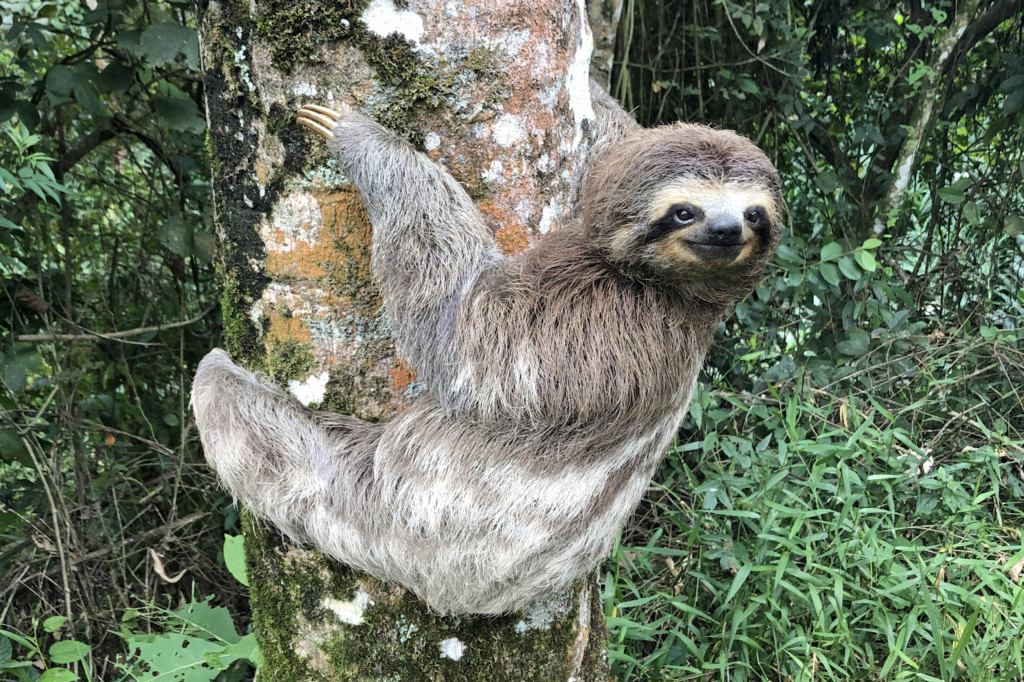
Wikimedia Commons
Sloths might look adorable, but their fur often carries an unpleasant, musty smell. This odor comes from their slow-moving lifestyle, which allows algae, fungi, and bacteria to grow on their fur in the humid rainforest. While this might sound unappealing, the algae serve as excellent camouflage, helping sloths blend into their surroundings. Their smell may not be a defense mechanism, but it’s a byproduct of their unique way of life. Despite their funk, sloths remain beloved for their slow, gentle charm.
13. King Ratsnake
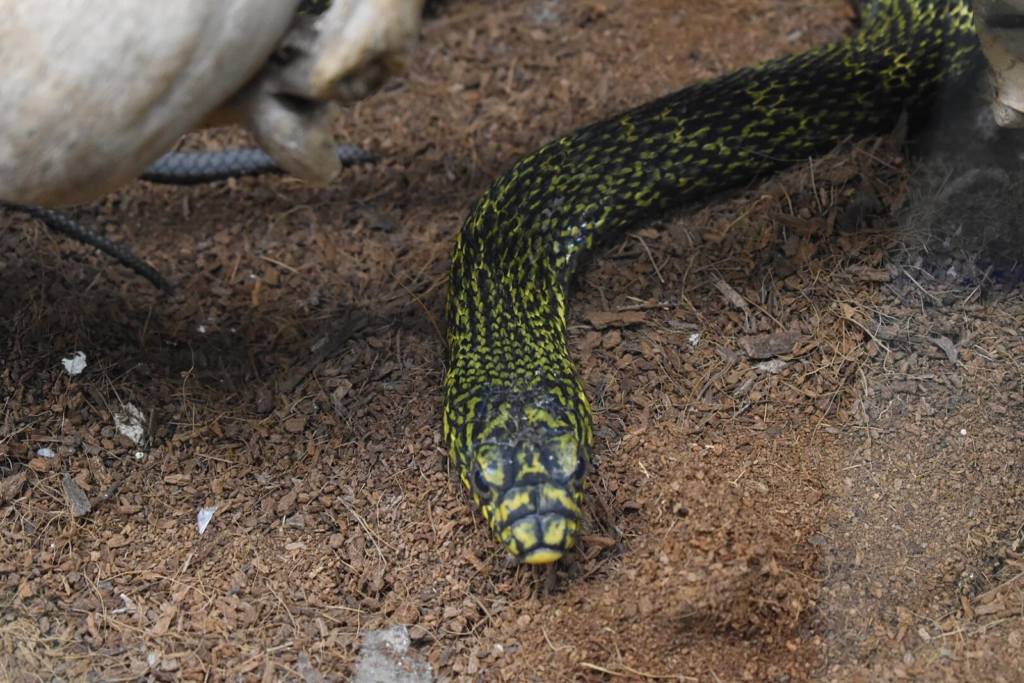
Animalia
When it comes to smell, the king ratsnake doesn’t hold back. Found in Asia, this non-venomous snake emits a powerful musky odor from its cloacal glands when it feels threatened. The smell is so strong it can linger on anything—or anyone—it touches. The king ratsnake’s stench is meant to deter predators, but its defensive nature and striking black-and-white scales make it a fascinating creature. If you ever encounter one, just remember: admire from afar unless you want to smell like snake musk.
14. American Bison
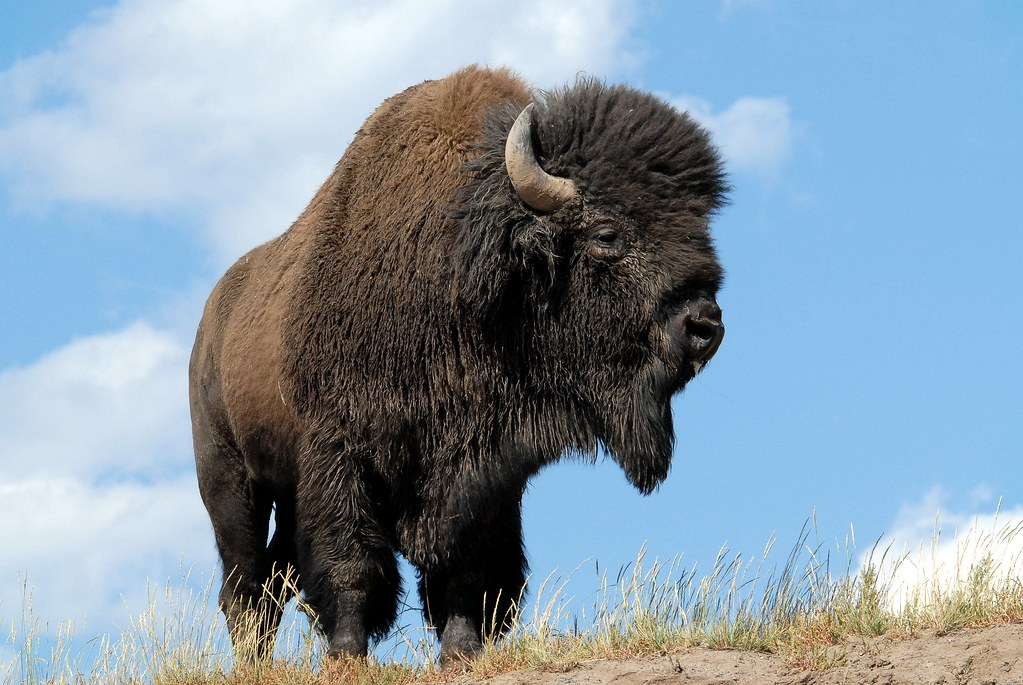
Flickr
The American bison, one of North America’s most iconic animals, is also one of the smelliest. Their thick coats trap sweat, oils, and dirt, creating a strong musky odor that intensifies during mating season. Male bison, in particular, wallow in mud and urine to amplify their scent and attract females. This earthy stench may not appeal to humans, but it’s a key part of the bison’s natural behavior. Despite their funk, these massive mammals remain a symbol of strength and resilience.
15. Pangolin
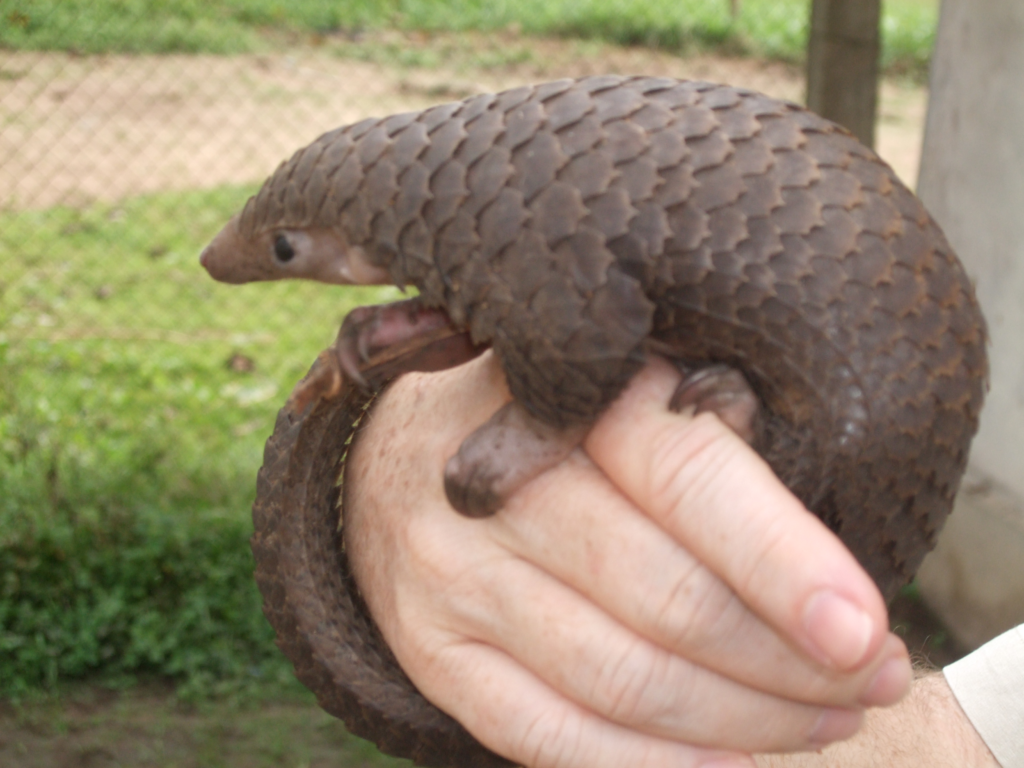
Wikimedia Commons
Pangolins may be known for their armor-like scales, but they also have a secret weapon: a noxious-smelling fluid. When threatened, they release this odor from their anal glands to deter predators. Combined with their diet of ants and termites, pangolins can have a distinctly unpleasant smell. These shy, nocturnal creatures play an important role in controlling insect populations, but their distinct stench and elusive behavior make them a true wonder of the animal kingdom.
16. Komodo Dragon
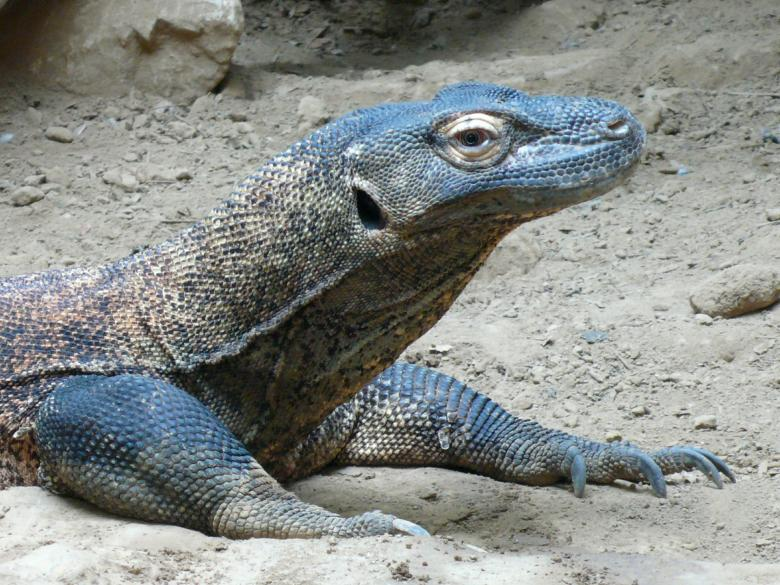
StockVault
Komodo dragons are fearsome predators, but their stink is just as intimidating. Their mouths harbor over 50 strains of bacteria, giving their breath a putrid, rotting odor. This isn’t just a hygiene issue—it’s part of their deadly hunting strategy. The bacteria, combined with their venomous bite, help bring down prey quickly. While their stench isn’t a defense mechanism, it’s a testament to the raw power of these ancient reptiles. Just don’t get too close—you’ll smell them before you see them.
17. Wolverine
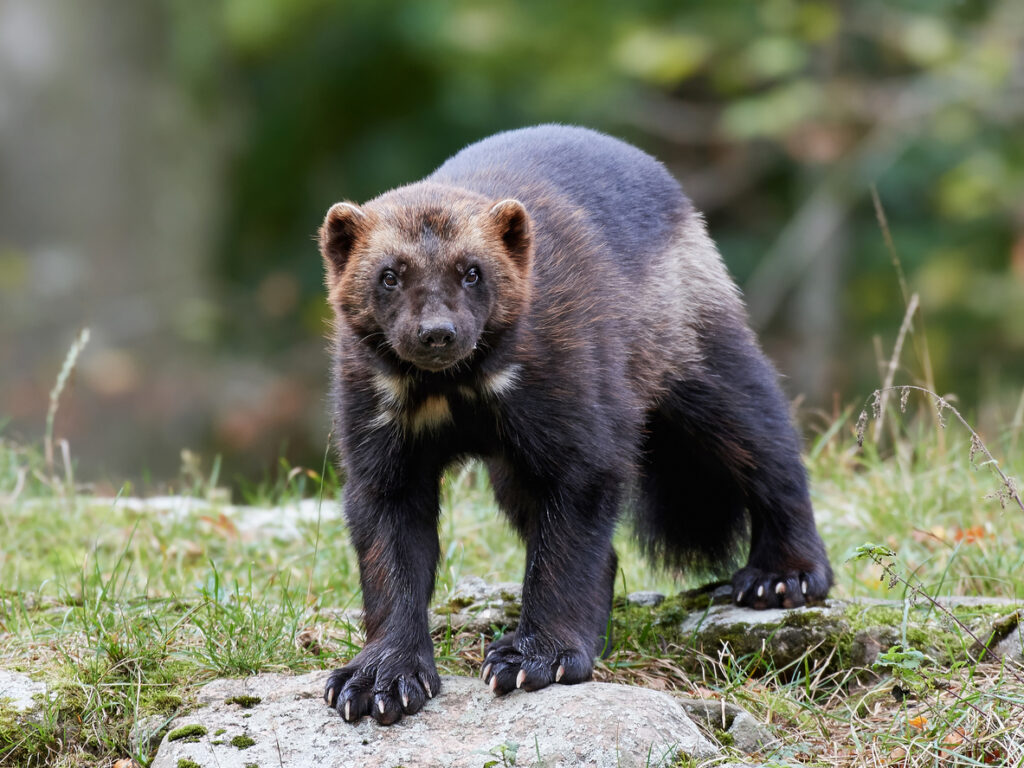
iStock
The wolverine, also known as the “skunk bear,” earns its nickname thanks to its musky scent. This ferocious carnivore secretes a strong-smelling fluid from its anal glands to mark territory and warn off predators. The odor is so powerful it can linger long after the animal has passed through an area. Wolverines are solitary and highly territorial, and their smell plays a big role in communicating with other animals. Despite their stinky reputation, they’re incredible survivors, thriving in some of the harshest environments on Earth.


